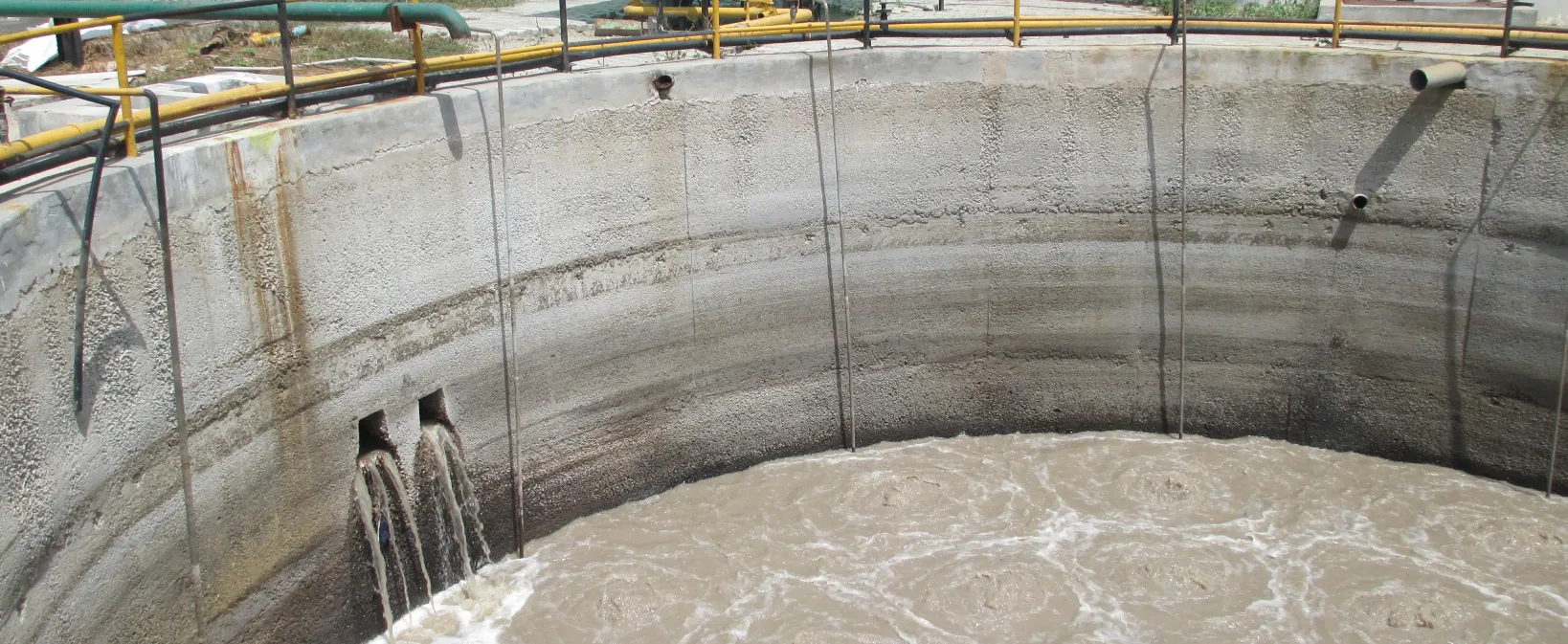FAQ
What is a wastewater membrane bioreactor?
MBR systems are the most widely used wastewater treatment systems in industries. It implemented a sewage treatment plant using MBR technology as a sewage treatment approach. The MBR Sewage Treatment Plant, also known as the Membrane Bioreactor Sewage Treatment Plant, is a wastewater treatment system. It’s a single system that combines membrane filtration and biological treatment. The effluent quality is excellent– MBR-treated water is of excellent quality because all micro-compounds will be recycled.
What are the advantages of a membrane bioreactor?
In a variety of industries, MBR systems are the most widely used wastewater treatment systems. It can be used to treat chemical wastewater in the paper industry, the dairy industry, and the oil industry. MBR has the following advantages: Low energy consumption. Water from the effluent can be reused. This technology uses very few chemicals. The effluent quality is excellent because all micro-compounds are filtered out.
How does a sewage treatment plant work?
It is a process of removing contaminants, microorganisms, and other types of pollutants from wastewater influents known as sewage treatment. Sewage treatment’s main goal is to produce effluent and solid waste that can be discharged into the environment. It’s a wastewater treatment method that traps polluted water in compartments that are specially designed to hold it. The waste is extracted from the wastewater influent through a series of stages at this plant.
What is a wastewater membrane bioreactor?
The wastewater membrane bioreactor is an integrated membrane unit that includes all of the components for the process to work. It can treat water to a high standard. Its goal is to save money while lowering the number of chemicals used. A thin selective barrier between two phases that is impermeable to transferring specific particles, molecules, colloidal, and dissolved chemical species other than water is defined as a thin selective barrier.
What are the steps in a sewage treatment plant?
Sewage or wastewater undergoes several stages in its treatment process for the recycling of wastewater. There are a few steps through which the sewage treatment plant works. The wastewater coming from different sources will be collected and undergo three basic treatment stages. Preliminary wastewater treatment, primary sewage treatment & last is secondary sewage treatment.
